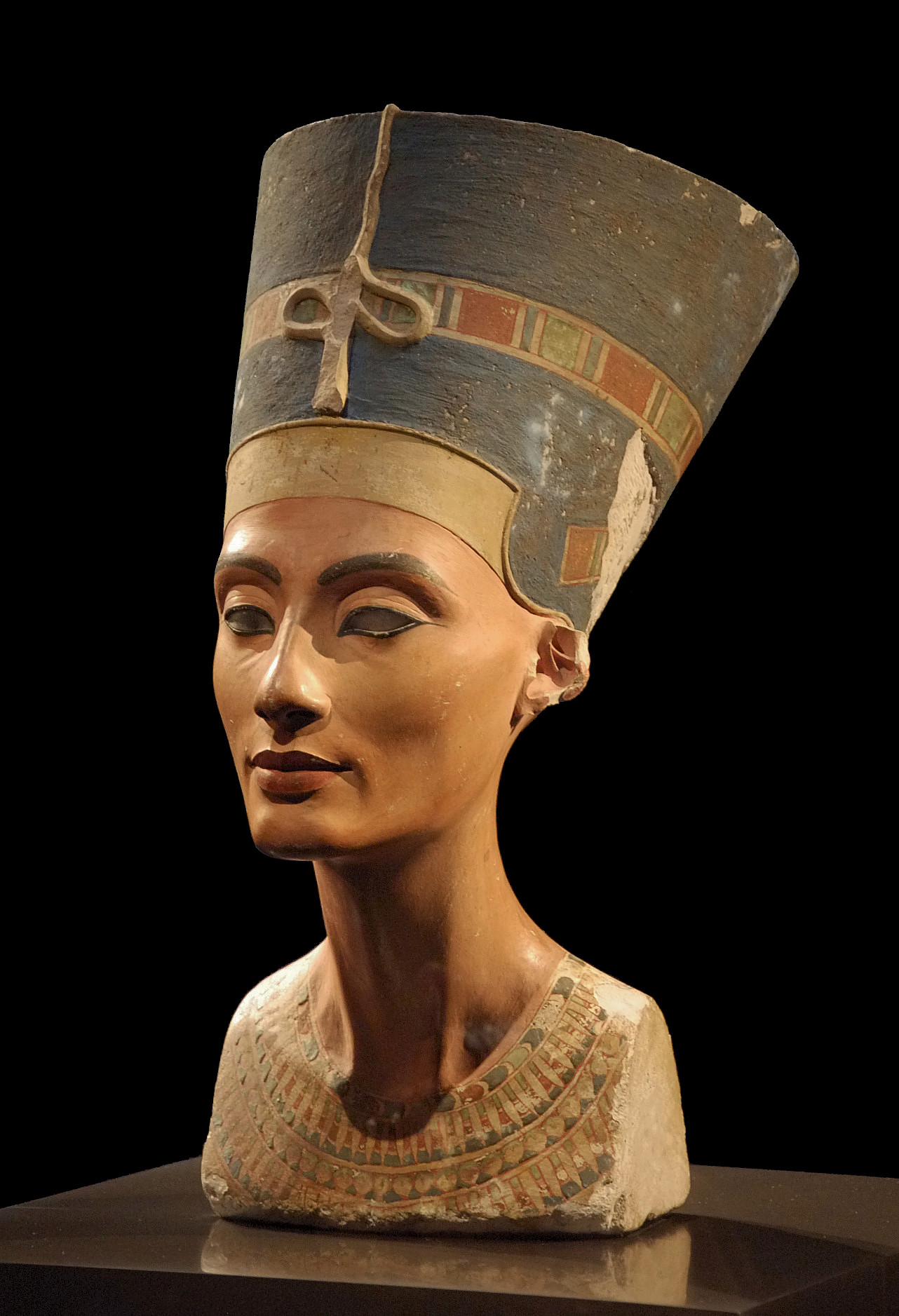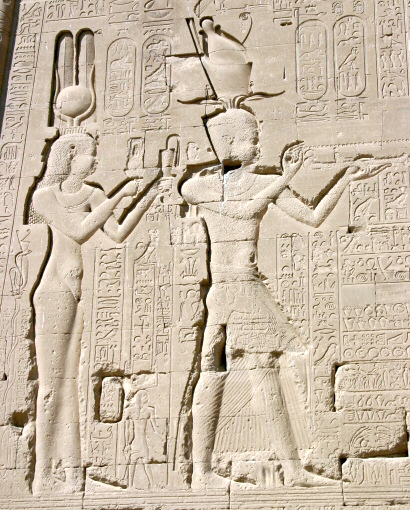Edmonia Lewis was a Neoclassicist, but her work explored issues of race and gender before these were even concepts.
| The Death of Cleopatra, 1876, Edmonia Lewis, courtesy Smithsonian American Art Museum. |
The first school of American women sculptors arose, paradoxically, in Italy, around Massachusetts-born Harriet Hosmer. These women went to Rome to take advantage of trained carvers and craftsmen and the access to pure white Carraramarble. Along with their male peers, they mined the rich vein of Neoclassicism. America was wealthy and the monument business was booming.
For women artists, there was the additional advantage of breaking away from the social strictures of home. Carving stone is hard physical work, considered uniquely unfeminine in the culture of the time.
Not that they escaped completely. There were plenty of conventional men among the expatriates. Henry James famously described them as “that strange sisterhood of American ‘lady sculptors’ who at one time settled upon the seven hills [of Rome] in a white, marmorean flock.”
 |
| Edmonia Lewis, c. 1870, courtesy National Portrait Gallery. |
“One of the sisterhood,” James continued, “was a negress, whose colour, picturesquely contrasting with that of her plastic material, was the pleading agent of her fame.” Ouch.
He was referring to Edmonia Lewis, who is now considered the first prominent American female minority artist. Devoutly Catholic, she created many religious works, much of which are lost. Her oeuvre also included portrait busts and classical themes.
Lewis was born in Greenbush, Rensselaer County, New York, in 1844. Her father was of Haitian descent and her mother was Mississauga Ojibwe and African. Lewis was orphaned by the age of nine and adopted by two aunts who lived near Niagara Falls and sold souviners to tourists. At age 12, she was sent to a Free Baptist abolitionist school in central New York, and went from there to Oberlin College. After a childhood of absolute freedom, the strictures of civilization were uncomfortable.
“Until I was twelve years old I led this wandering life, fishing and swimming and making moccasins. I was then sent to school for three years… but was declared to be wild—they could do nothing with me,” she recollected.
At Oberlin, she was accused of poisoning two friends with an aphrodisiac, a nod to her Haitian background. From that point, she was a marked woman. Another accusation, of stealing, prevented her graduation and she moved to Boston to take up training in sculpture. Again, her relationship with her mentor and teacher, Edward Augustus Brackett, broke down into acrimony.
 |
|
Lewis’ Portrait of Colonel Robert Gould Shaw, c. 1866, was one of the sales that enabled her to leave Boston for Rome. Courtesy Museum of African American History.
|
Meanwhile, she was lauded as a success in the Abolitionist press, bringing commissions and attention before she was fully prepared to deal with them. She left for Rome and a new start.
At the height of her popularity in the ‘60s and ‘70s, her studio was frequented by visitors fascinated by her charm and exotic clothing and background.
Lewis’ most celebrated sculpture was the monumental Death of Cleopatra, created for the 1876 Centennial Exposition in Philadelphia. Cleopatra killed herself after the death of her lover and ally, Mark Antony. In the 19th century imagination, she was Africa, he was Europe.
The public was accustomed to depictions of the dying queen as regal, calm and composed. Lewis’ depiction is of a sprawling, inelegant woman, on her throne, in the throes of death. As she did so often in her work, she was quietly looking at issues of race and gender in a novel way.




